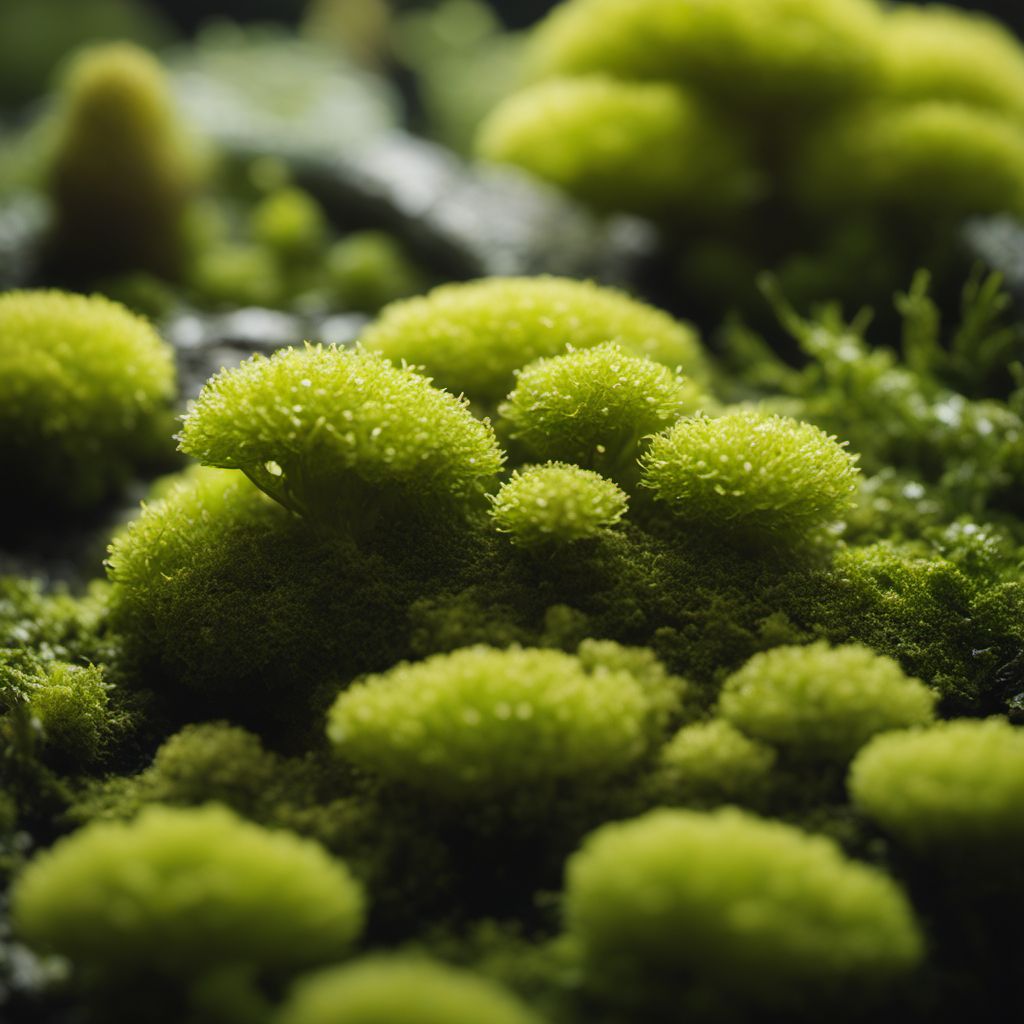
Ingredient
Mosses and lichens
Nature's Carpet: The Fascinating World of Mosses and Lichens
Mosses and lichens are primitive plants that lack true roots, stems, or leaves. Mosses are small, non-vascular plants that form dense, cushion-like structures in moist environments. They have a soft and velvety texture, with shades of green ranging from vibrant to muted. Lichens, on the other hand, are a symbiotic association between fungi and algae or cyanobacteria. They can be found in a wide array of colors, including gray, yellow, orange, and even black. Mosses and lichens are known for their ability to absorb and retain water, making them excellent indicators of environmental conditions and air quality.
Origins and history
Mosses and lichens have a rich history dating back millions of years. They have been used by various cultures for medicinal purposes, such as treating wounds, digestive disorders, and respiratory ailments. In traditional Chinese medicine, certain mosses are believed to have anti-inflammatory and antimicrobial properties. Lichens have also been used as natural dyes, producing vibrant colors that were highly valued in ancient civilizations. Today, mosses and lichens are popular in horticulture and terrarium design, adding a touch of natural beauty to indoor and outdoor spaces.
Nutritional information
Mosses and lichens are not typically consumed as food, and therefore do not provide significant nutritional value.
Allergens
Mosses and lichens are generally safe for most individuals. However, some species of lichens may produce toxic compounds, so it is important to exercise caution when handling or consuming them. Individuals with known allergies or sensitivities to fungi or plant materials should also avoid contact with mosses and lichens.
How to select
When selecting mosses or lichens for decorative purposes, choose specimens that are vibrant in color and free from signs of damage or decay. For terrariums or indoor gardens, select mosses that are suitable for the desired level of moisture and light conditions. Lichens can be collected from natural habitats, but it is important to do so responsibly and avoid damaging the environment. Alternatively, mosses and lichens can be purchased from specialty nurseries or online retailers that specialize in horticultural supplies.
How to produce
Mosses and lichens are naturally occurring organisms that grow in a wide range of environments. They can be found in forests, woodlands, mountains, deserts, and even arctic regions. Mosses prefer moist and shaded areas, while lichens can tolerate a variety of conditions, including extreme temperatures and low nutrient availability. Some species of mosses and lichens are also adapted to aquatic habitats, such as lakes, rivers, and wetlands.
Preparation tips
Mosses and lichens are not commonly used in culinary applications due to their texture and lack of flavor. However, they can be used as decorative elements in dishes or as garnishes to add a touch of natural beauty. In some cultures, certain species of lichens are used in traditional recipes or herbal teas for their medicinal properties. It is important to note that mosses and lichens should only be consumed if they are known to be safe and free from toxic compounds.
Availability
Mosses and lichens are widely available in natural habitats around the world. They can be found in forests, woodlands, mountains, and other areas with suitable environmental conditions. Additionally, mosses and lichens are often sold by specialty nurseries or online retailers that cater to horticulture and terrarium enthusiasts.

